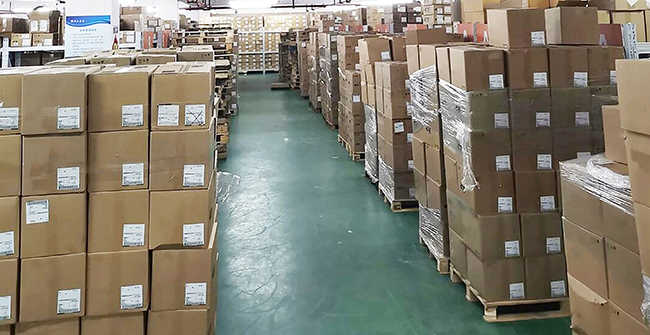Easily identify circuit board components, one article is enough
12/04/2024 Identification method: judge its resistance value by color coding band, and the standard resistance value can be calculated by color code table.As we all know,ad9695bcpz-1300The emergence of the market is worthy of many people’s attention, which has aroused the waves of the whole market. https://www.asourcingelectronics.com/product/detail/store/5938489/ad9695bcpz-1300.html
Capacitor (capacitor):
Appearance: Various shapes, such as cylindrical (aluminum electrolytic capacitor) and square (ceramic capacitor).
Identification method: Look at the mark of the capacitor, which usually indicates the capacitance value (such as μF, nF) and voltage level.
Diode:
Appearance: generally small cylindrical, and the surface may have a center line.
Identification method: the center line usually indicates the cathode (negative pole) of the diode, and its conduction direction can be tested with the diode gear of the multimeter.
Transistor (transistor):
Appearance: generally a three-pin package, the shape may be cylindrical or square.
Identification method: check the component identification (usually printed with model number) and refer to the data sheet to confirm the pin arrangement and function.
Integrated circuit (IC):
Appearance: usually rectangular or square package with multiple pins.
Identification method: through the model identification on the chip, look up the data manual on the Internet to obtain detailed information.
Connector (connector):
Appearance: plugs and sockets of various shapes, usually with multiple pins.
Identification method: check the plug shape and pin layout to understand its function (power supply, signal, etc.).
Switch (switch):
Appearance: various types of switches, which may be sliding, toggling or pressing.
Identification method: check the operation mode of the switch and the number of its contacts.
Sensor (sensor):
Appearance: different shapes and sizes, and may have specific component identification.
Identification method: Understand its function through component identification and data sheet, such as temperature, light or pressure sensor.
Recognition skills:
Refer to the circuit diagram: If there is a circuit diagram, you can quickly locate and confirm each component.
Use multimeter: it can be used to detect the electrical characteristics of components, especially resistors, diodes and capacitors.
Observe component identification: most components will have model or other identification, which can be used for further inquiry.
By mastering the identification methods of these basic electronic components, you can understand and analyze the circuit board more easily and carry out more effective debugging and maintenance.